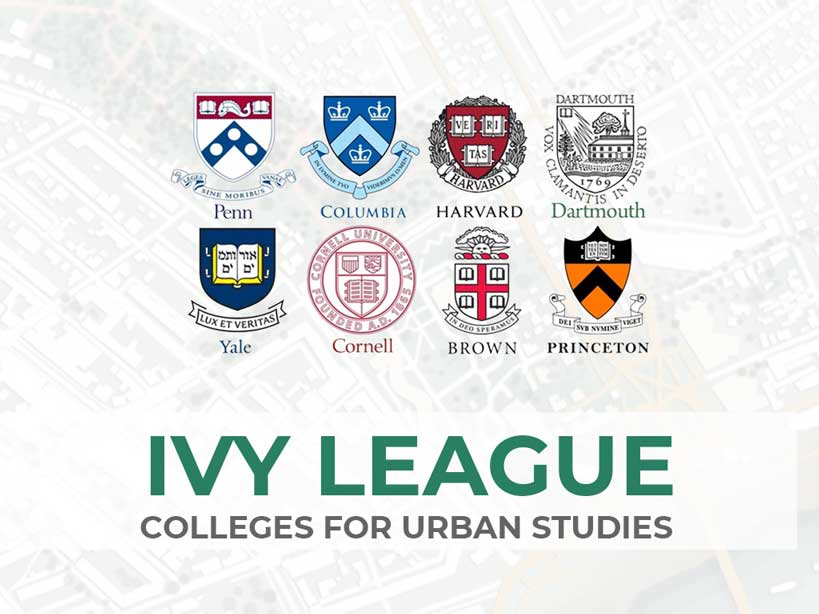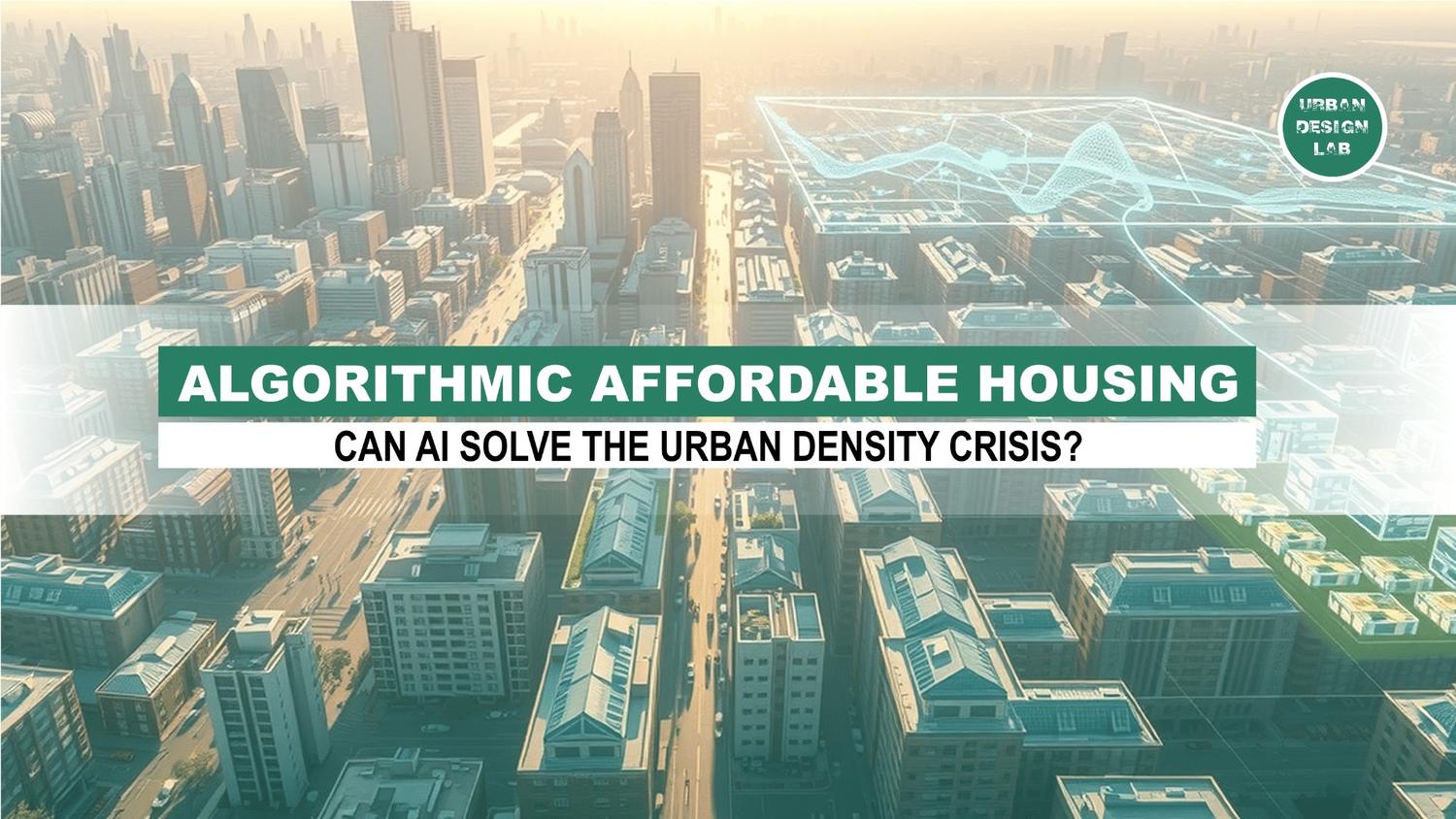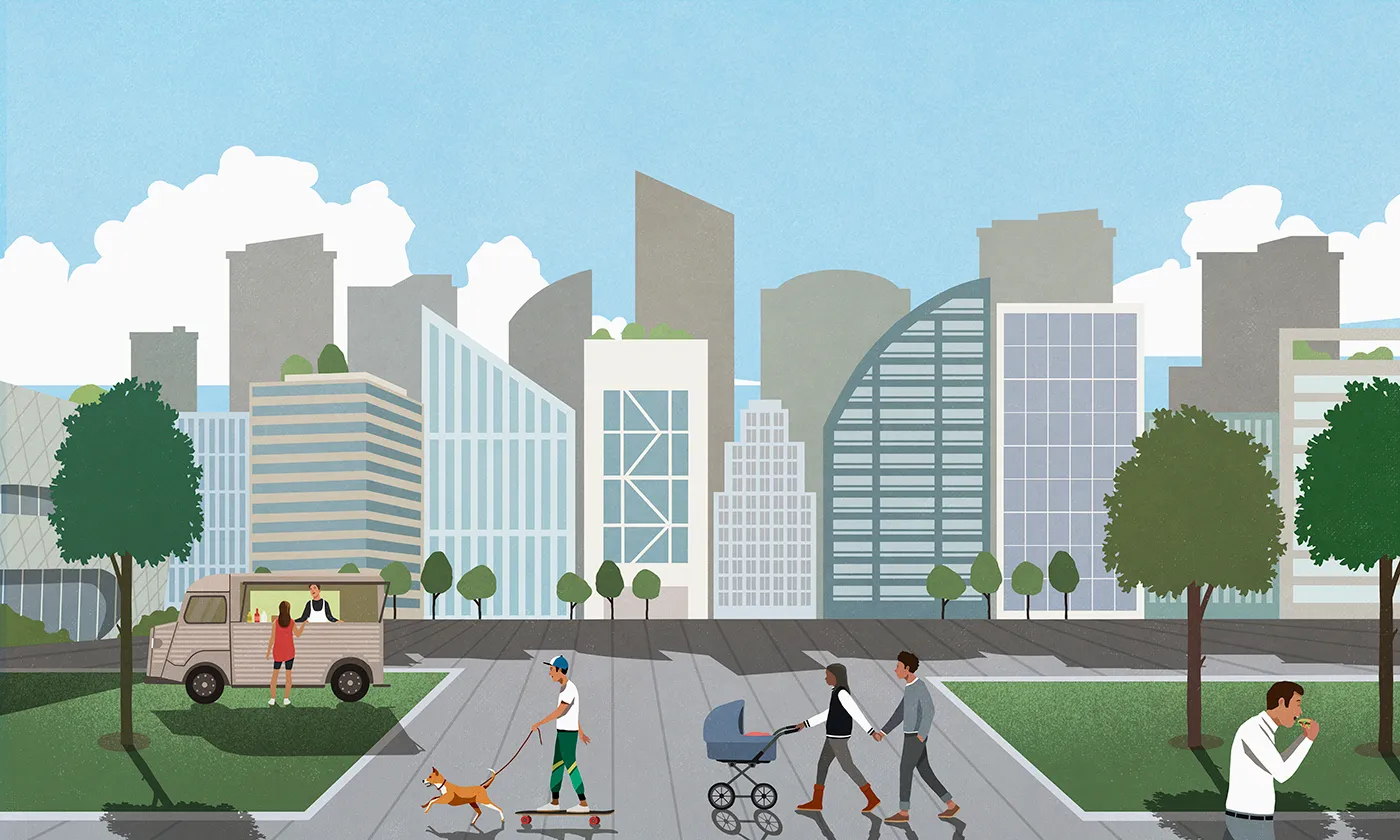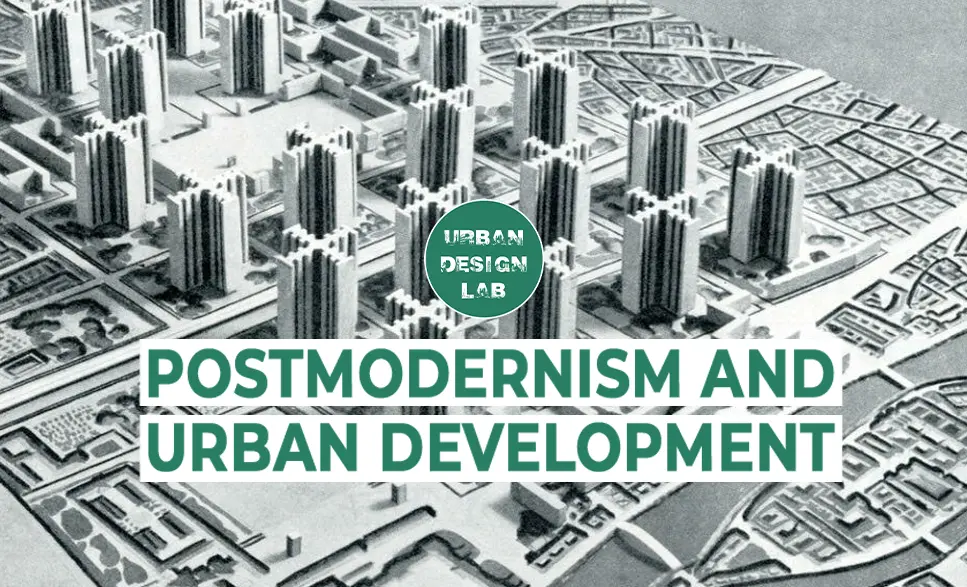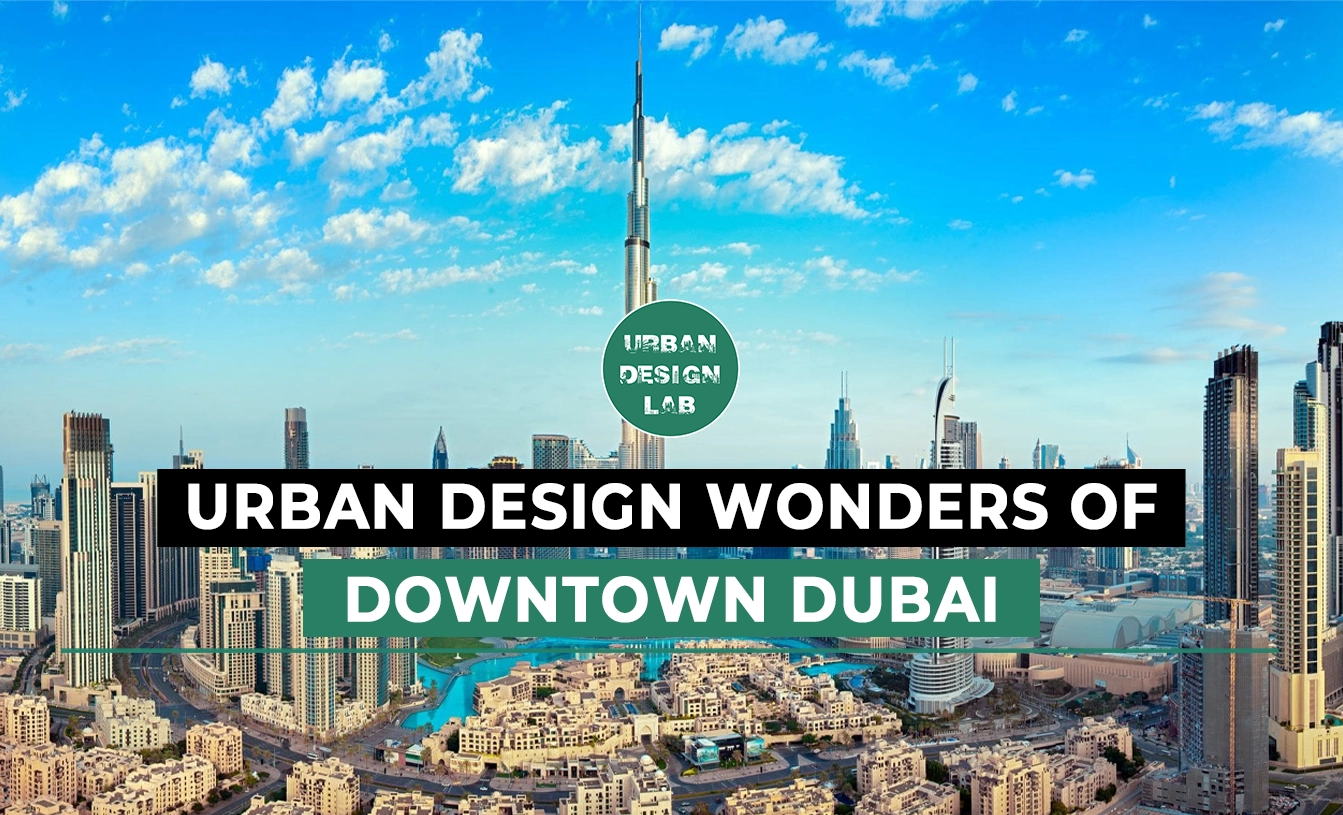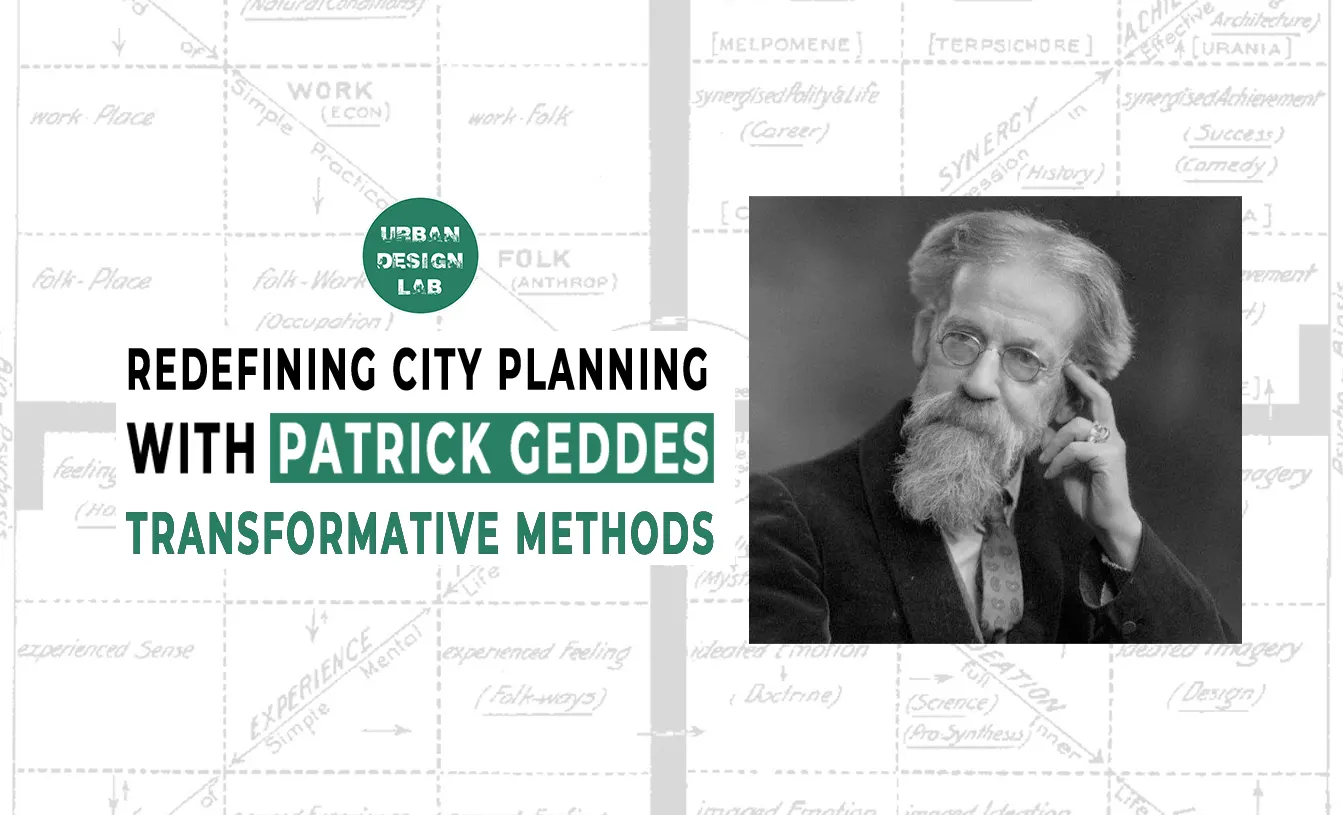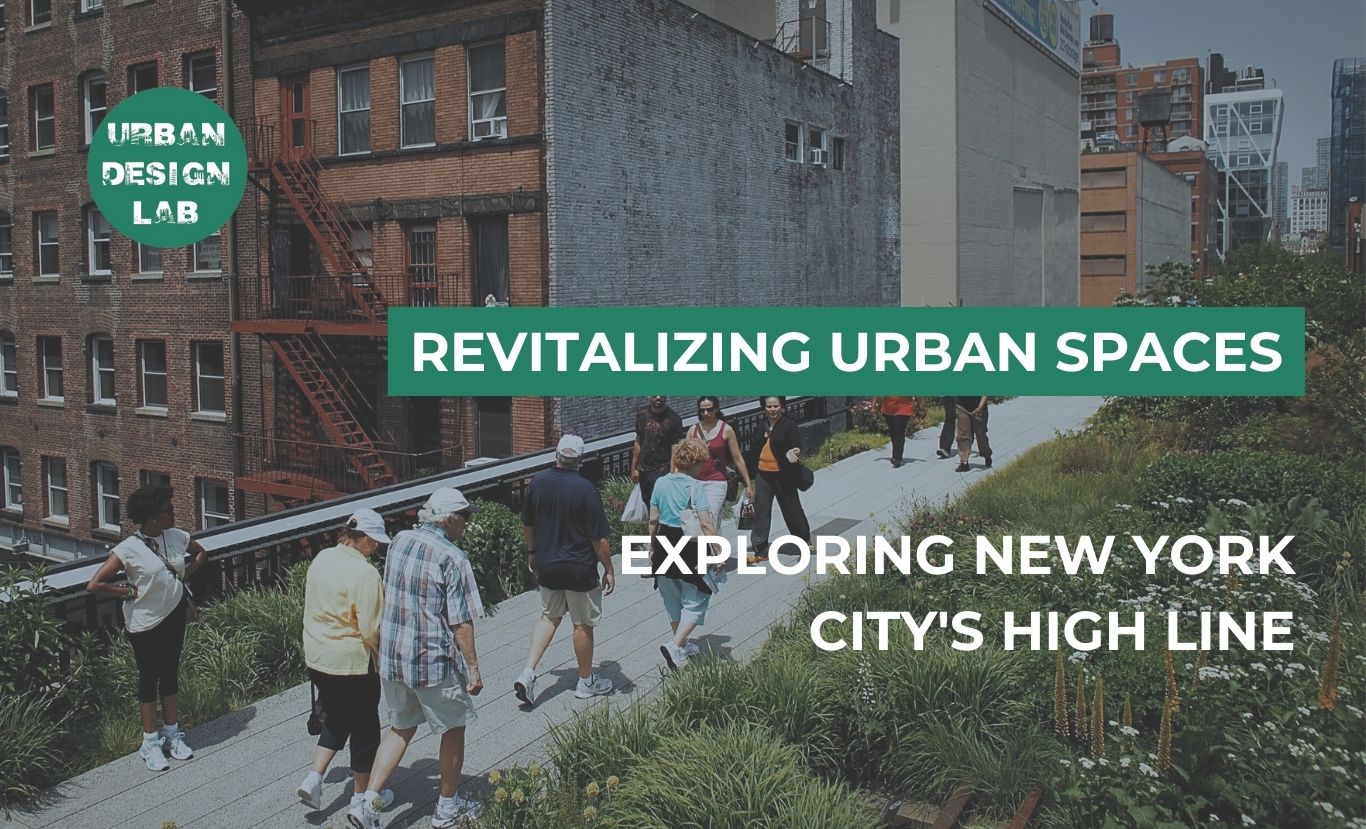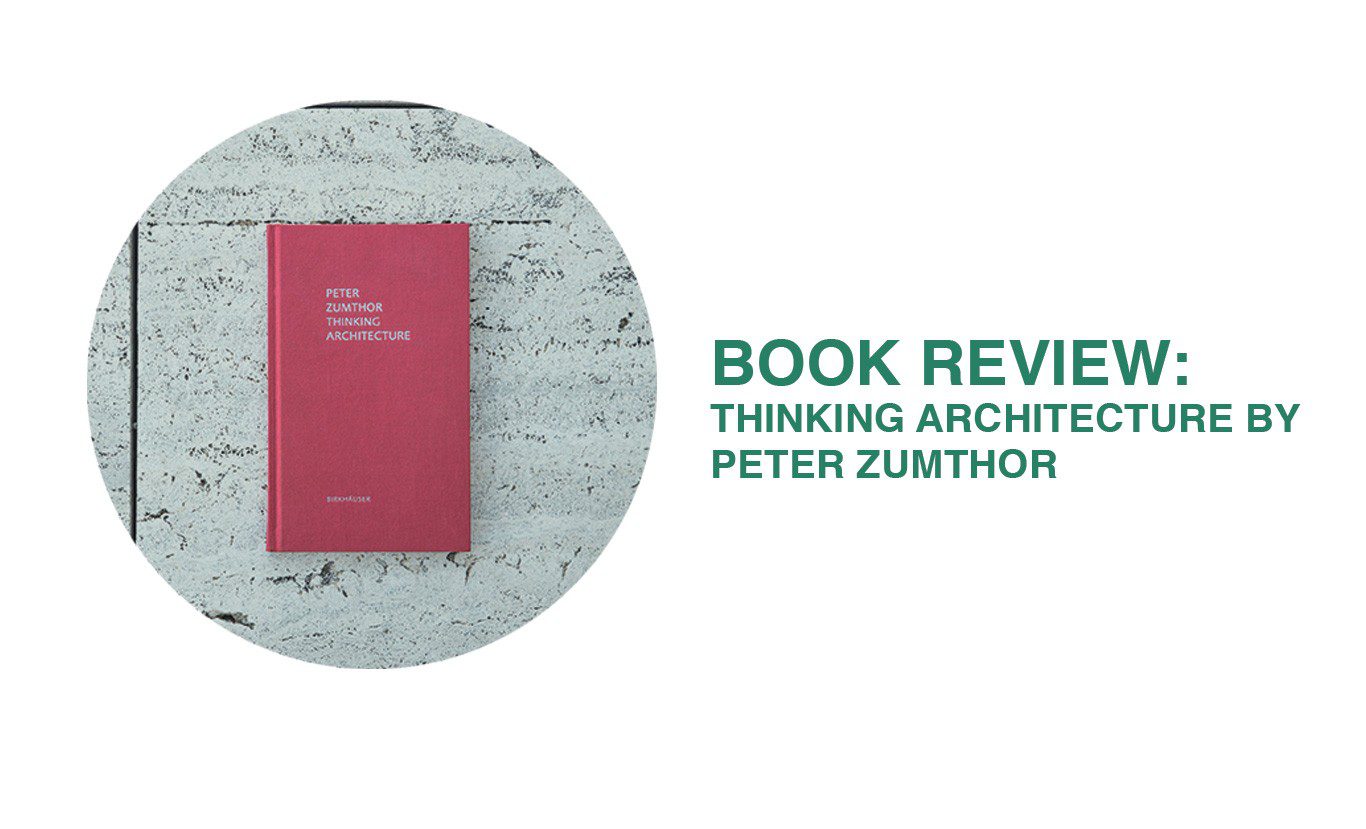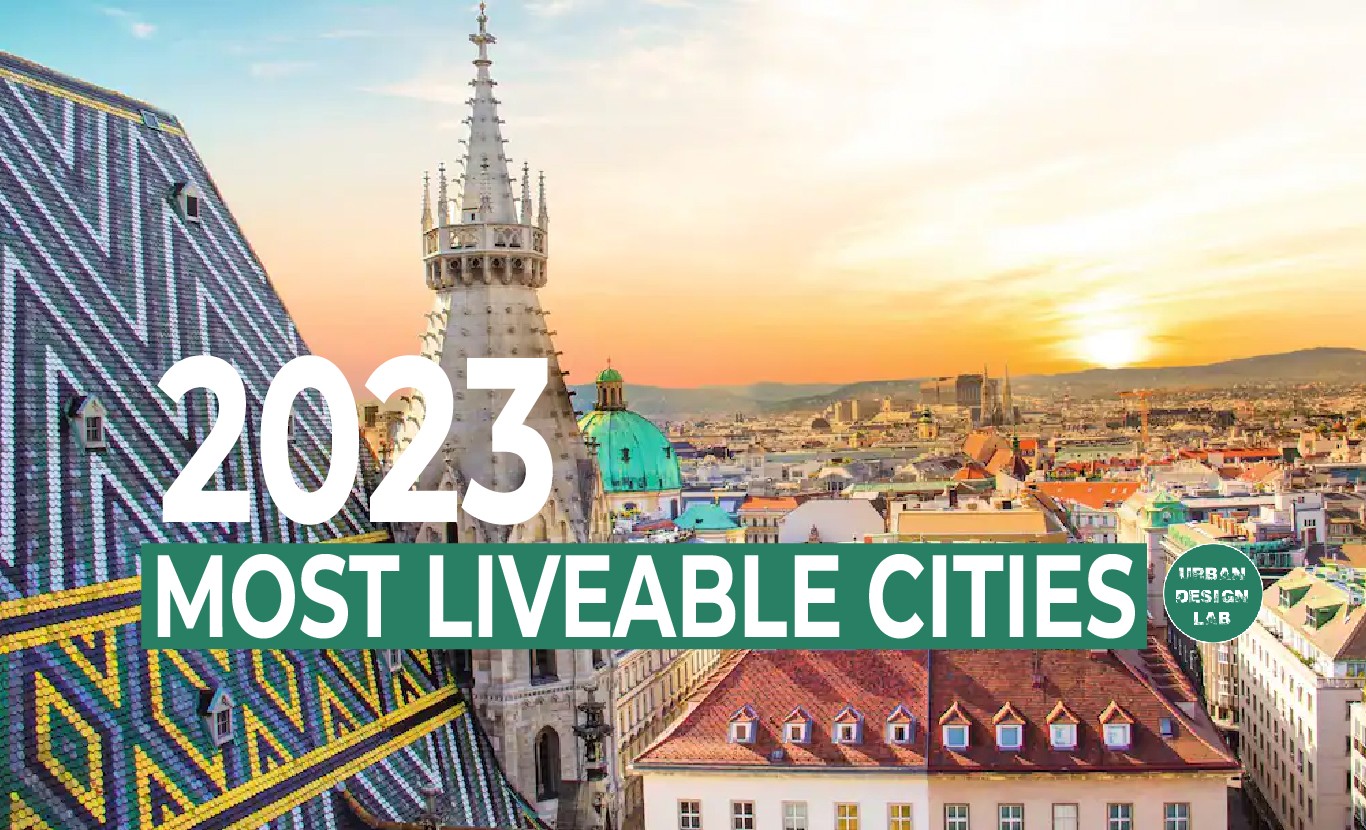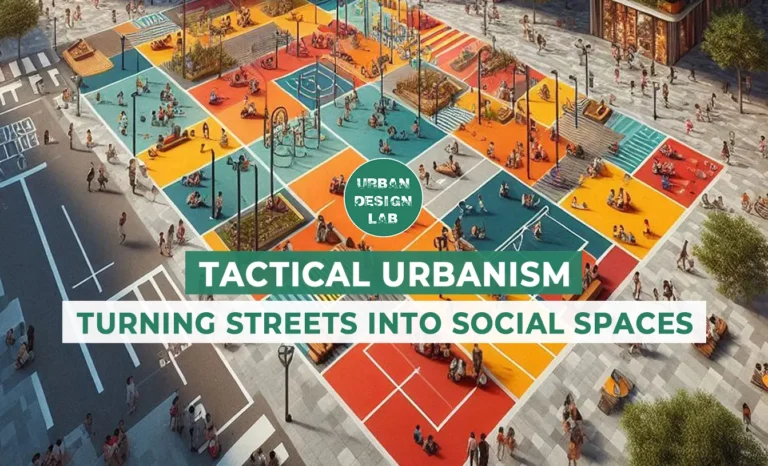
What is Gentrification?
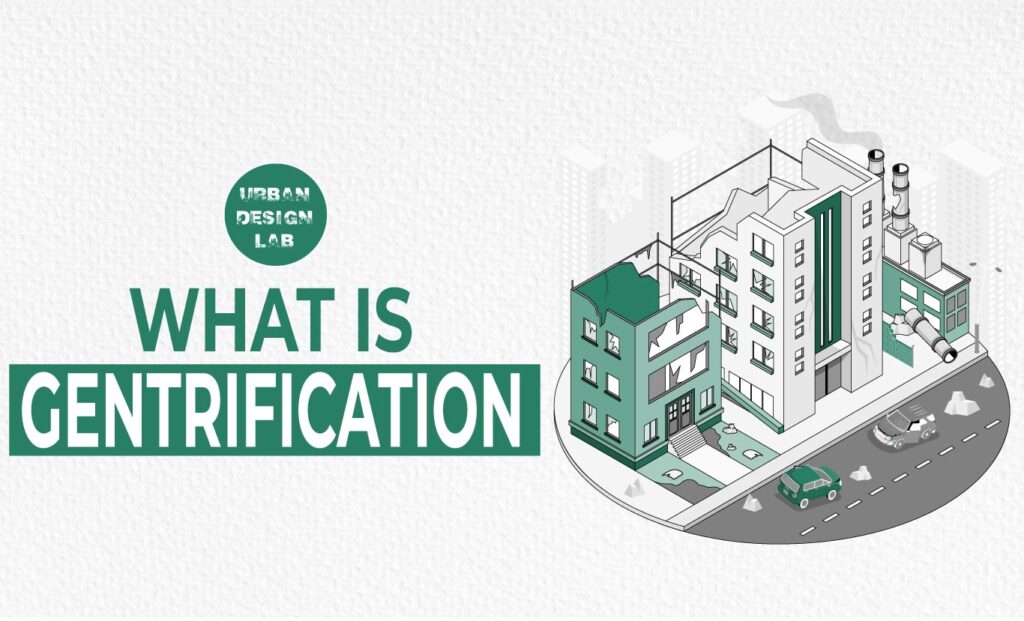
Gentrification is the intricate process through which underprivileged or blue-collar communities undergo revitalization and growth, triggering a surge in real estate prices and the uprooting of established locals. This multifaceted phenomenon stems from a variety of factors, giving rise to far-reaching implications and effects.
Causes of Gentrification:
Gentrification is the process by which a poor or working-class neighborhood experiences investment and development, leading to an increase in property values and the displacement of longtime residents. It is a complex phenomenon with many causes, including:
1. Economic investment:
Gentrification is often driven by economic investment in a neighborhood, such as the construction of new businesses, housing, or infrastructure. This investment can attract wealthier residents and businesses, who can then outbid existing residents for housing and other resources.
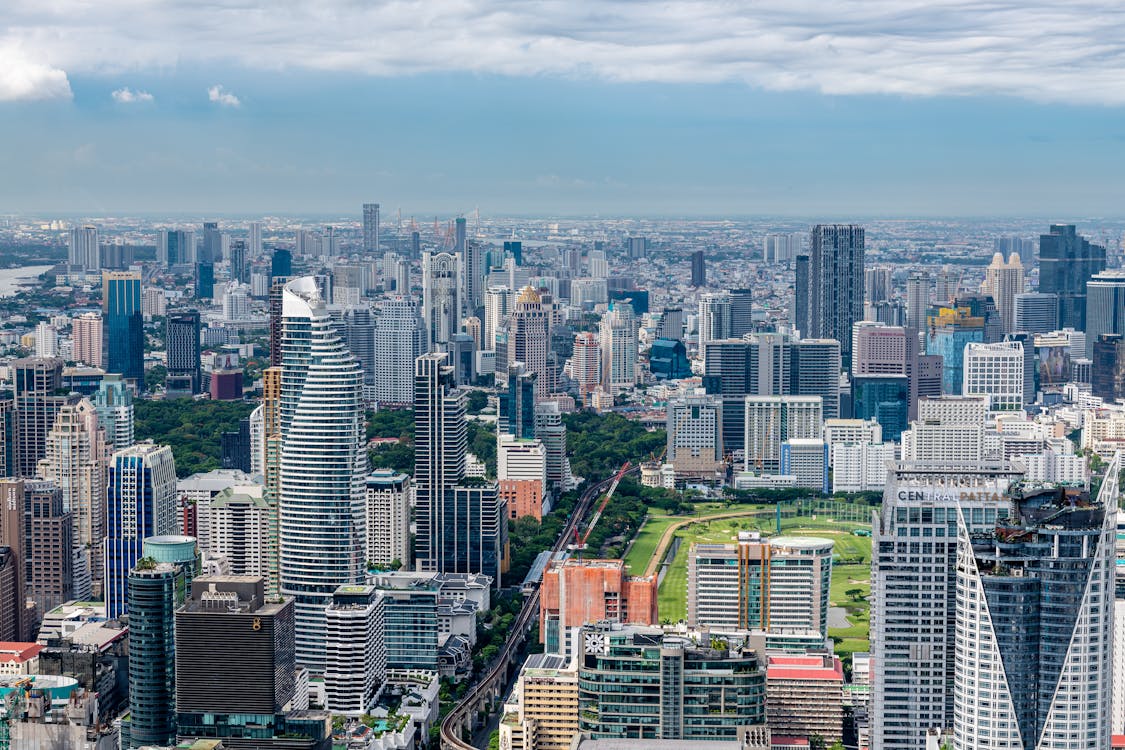
2. Changes in demographics:
Furthermore, the process of gentrification is often fueled by shifts in neighborhood dynamics, as seen in the influx of young professionals and college students. These cohorts, equipped with greater financial means, exert substantial influence in revitalizing local communities through their capacity to afford elevated rents and invest in property ownership.
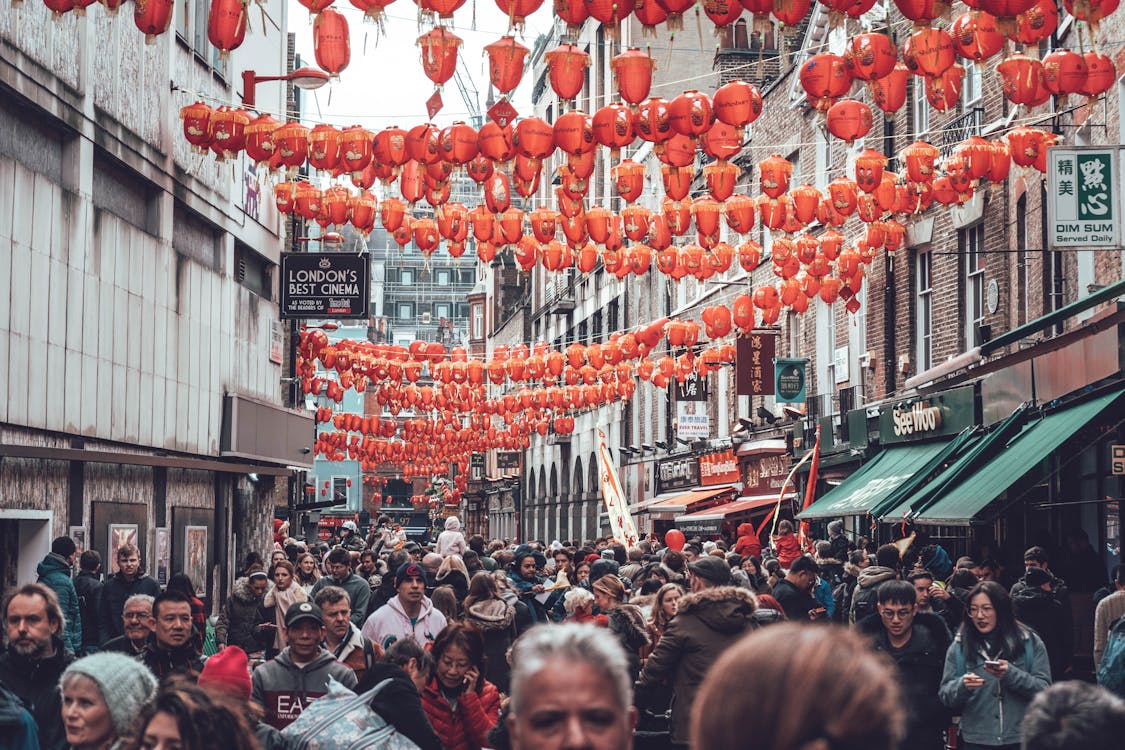
3. Government policies:
Government policies can also play a significant role in the process of gentrification. Policies designed to stimulate economic development and urban revitalization can inadvertently contribute to the displacement of long-standing residents. For instance, tax incentives and subsidies provided to attract businesses and investors can increase property values and subsequently attract more affluent individuals to the area. As a result, the original community may find themselves priced out of their own neighborhoods due to rising rents and property costs.
:format(webp)/cdn.vox-cdn.com/uploads/chorus_image/image/69839121/GettyImages_466729918.0.jpg)
4. Transportation:
Improved transportation options can significantly contribute to the process of gentrification within urban areas. When cities invest in the expansion and enhancement of their public transportation systems, it often leads to increased connectivity and accessibility. While this can have positive effects, such as reduced congestion and improved mobility for residents, it can also inadvertently spur gentrification.

4. Proximity to amenities:
Gentrifying neighborhoods frequently boast access to a range of highly desirable amenities, which can include lush parks, trendy restaurants, and enriching cultural institutions. These attractions contribute to the appeal of the area and play a pivotal role in drawing in new residents, particularly those with higher disposable incomes.
Parks provide spaces for recreation, relaxation, and community gatherings. The presence of well-maintained parks can elevate the overall quality of life in a neighborhood, making it more attractive to potential newcomers. As these neighborhoods undergo gentrification, the investment in green spaces often increases, transforming them into hubs of activity and enhancing the visual landscape.

Download Editable Resume Templates
Create a Stunning Professional CV
Free Editable Templates
Challenges of Gentrification
Gentrification isn’t without challenges. Displacement, loss of cultural heritage, and increased inequality are significant concerns. Balancing the positive aspects of renewal with community preservation proves complex.
1. Displacement:
Displacement is a critical consequence of gentrification, whereby the upward trajectory of property values places undue pressure on longstanding residents, compelling them to relocate from their neighborhood due to the escalating costs of rent and property taxes.
As the process of gentrification unfolds, the demand for housing in the area intensifies, driven by the influx of more affluent newcomers. This heightened demand propels property values to climb steadily upward. While this can boost the overall economic vitality of the neighborhood, it simultaneously squeezes out residents who have called the area home for years, or even generations
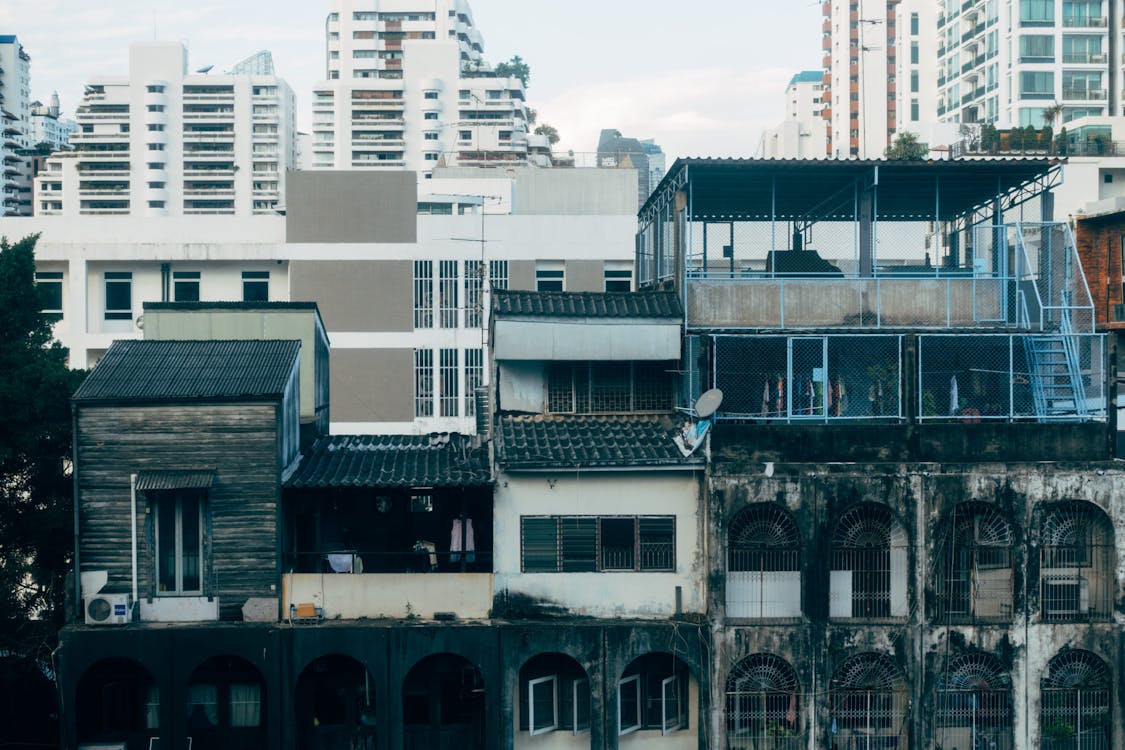
2. Loss of cultural identity:
Gentrification often triggers a transformation that extends beyond physical changes, encompassing the potential erosion of a neighborhood’s distinctive cultural identity. The infusion of new businesses and residents, while contributing to economic growth, can inadvertently lead to the displacement and dilution of the cultural fabric that has defined the community for years.
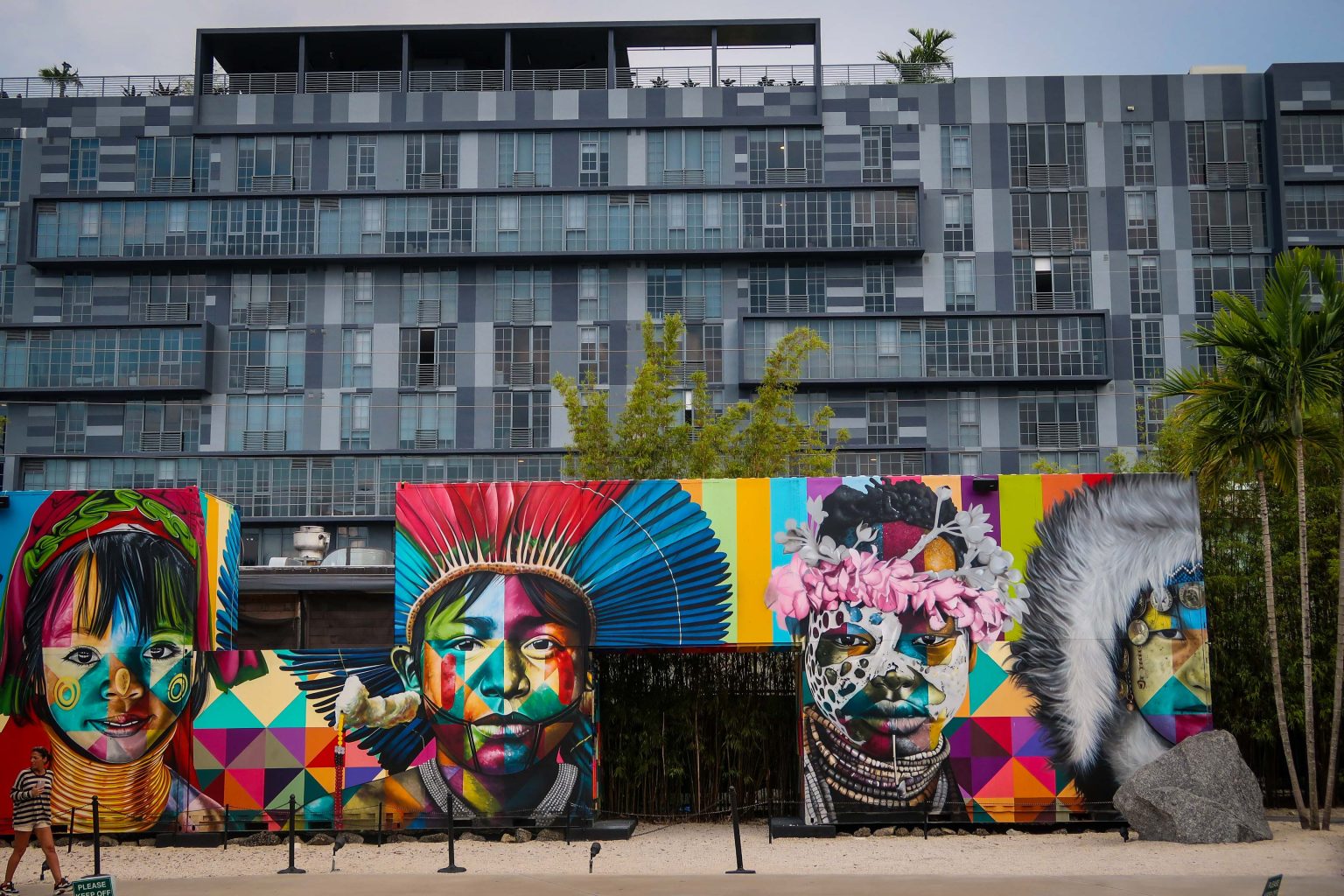
3. Increased inequality:
Gentrification can exacerbate income inequality by giving rise to a two-tiered neighborhood characterized by a clear divide between affluent residents and those with lower incomes. As the process unfolds, the economic disparities among residents become more pronounced, contributing to a range of social and economic challenges.
The influx of wealthier individuals and families drawn to gentrifying neighborhoods can trigger a surge in property values, leading to escalating housing costs. This phenomenon often results in the displacement of lower-income residents who can no longer afford the rising rents or property taxes.
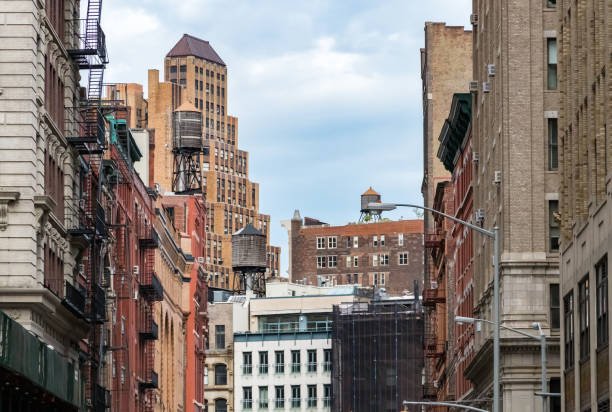
4. Loss of green space:
Gentrification can indeed contribute to the depletion of green spaces within a neighborhood. The influx of new, often more affluent, residents can fuel the demand for additional amenities like upscale restaurants, boutiques, and entertainment venues. As a consequence, the conversion of existing green spaces into commercial or residential developments becomes increasingly likely.
The loss of green space in gentrifying neighborhoods also carries implications for residents’ quality of life. Reduced access to nature and recreational areas can hinder physical and mental well-being, as the opportunities for exercise, relaxation, and community engagement diminish.
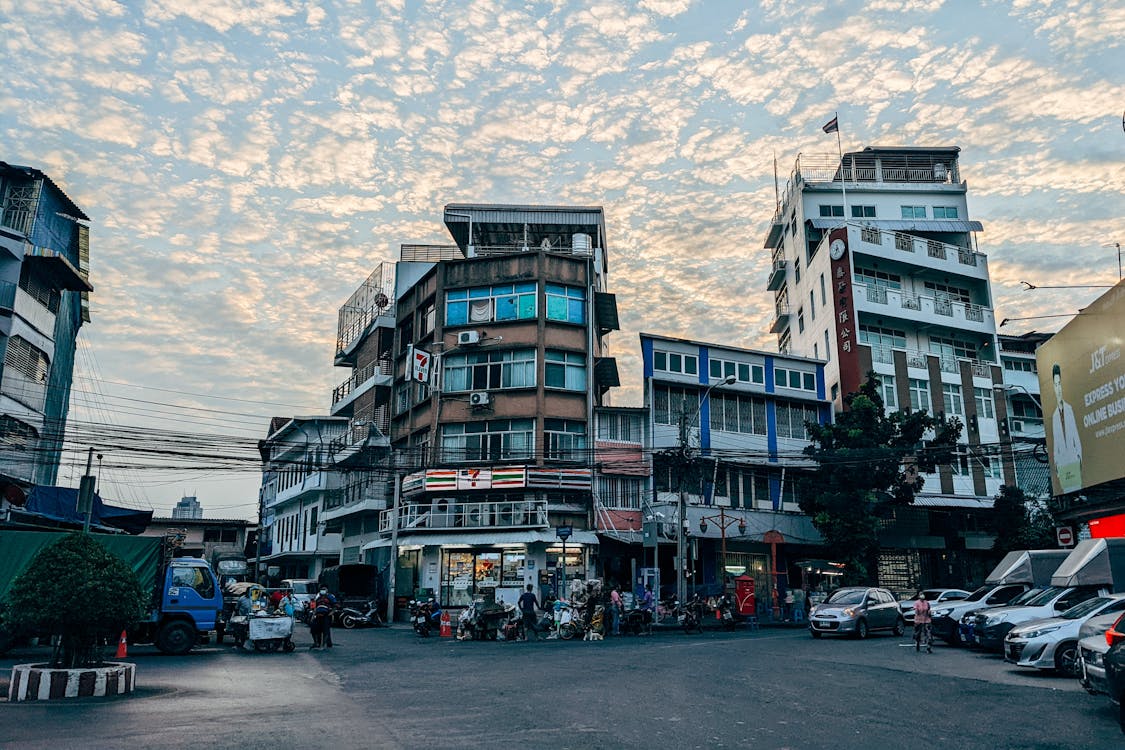
5. Increased traffic congestion:
Gentrification can indeed result in heightened traffic congestion within a neighborhood. The arrival of new residents often correlates with a surge in the number of vehicles on the road, which can lead to amplified traffic-related challenges. This phenomenon not only affects local mobility but also contributes to environmental concerns such as air pollution.
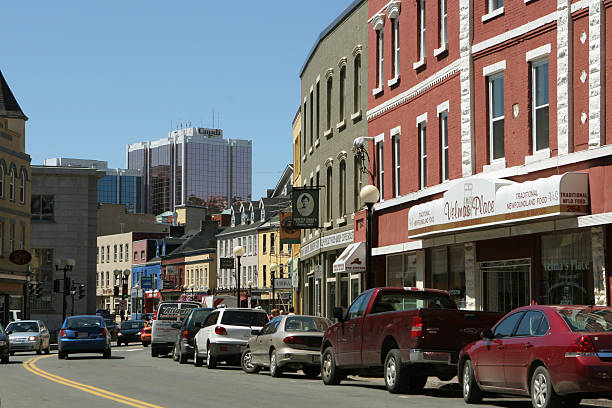
The Role of Urban Planning in Gentrification
1. Identify gentrifying neighborhoods:
Urban planners play a crucial role in recognizing neighborhoods that are susceptible to gentrification. By examining a combination of factors, including property values, demographics, and investment trends, planners can pinpoint areas where the process may be taking root. Rising property values often signify increased interest from investors and higher-income individuals, while shifts in demographics, such as an influx of younger and wealthier residents, can also be indicative of impending gentrification.
2. Develop policies to mitigate gentrification:
Urban planners can develop policies to mitigate the negative impacts of gentrification, such as rent control or inclusionary zoning. These measures aim to strike a balance between urban revitalization and maintaining affordable housing options for existing communities. Rent control sets limits on the amount landlords can increase rent, preventing sudden spikes that could force long-term residents out of their homes. Inclusionary zoning, on the other hand, mandates that a certain percentage of new developments are reserved for affordable housing units, promoting socio-economic diversity and preventing displacement.
3. Support community development:
Urban planners can support community development projects in gentrifying neighborhoods, such as job training programs or small business loans. These initiatives can empower local residents by equipping them with the skills and resources needed to thrive amidst changing economic landscapes. Job training programs provide individuals with the opportunity to acquire new skills that align with emerging job markets, enhancing their employability and reducing the risk of displacement due to rising living costs.
4. Rent control:
Rent control is a policy that limits the amount of rent that can be charged for a property. This can help to keep rents affordable for longtime residents in gentrifying neighborhoods. By setting a maximum allowable rent increase, rent control prevents abrupt and exorbitant hikes that could force existing residents, who may have lived in the neighborhood for years, to leave due to financial strain. This measure aims to strike a balance between incentivizing property investment and safeguarding the social fabric of the community.
5. Inclusionary zoning:
Inclusionary zoning is a policy that requires developers to include a certain percentage of affordable housing units in their projects. This can help to ensure that new development in gentrifying neighborhoods does not displace longtime residents.
These are just a few examples of how urban planning can be used to address gentrification. There is no one-size-fits-all solution, and the best approach will vary depending on the specific circumstances of the neighborhood. However, by taking steps to mitigate the negative impacts of gentrification, we can make our cities more inclusive and equitable.
Sustainable Development Solutions for gentrification

1. Protect affordable housing:
Governments can enact policies to protect affordable housing in gentrifying neighborhoods, such as rent control or inclusionary zoning. These measures are aimed at maintaining a diverse and inclusive community, where both long-standing residents and newcomers can coexist. Inclusionary zoning mandates that a portion of new developments must be allocated for affordable housing, promoting socioeconomic diversity and preventing the erosion of affordable living options.
2. Promote mixed-income development:
Promoting mixed-income development is a pivotal strategy in ensuring the inclusivity of gentrifying neighborhoods. This approach entails developers incorporating a blend of affordable and market-rate housing within their projects. By doing so, the neighborhood retains its economic diversity, making it possible for individuals from various income levels to continue residing there.
3. Invest in public transportation:
Implementing mixed-income development can help to reduce the need for cars and make it easier for people to navigate their surroundings without the necessity of owning a personal vehicle. This, in turn, contributes to a decrease in traffic congestion and air pollution, resulting in a more sustainable and environmentally friendly urban landscape. Additionally, by fostering a well-connected and pedestrian-friendly community, individuals can more conveniently access employment opportunities, services, and various prospects without the limitations imposed by car ownership.
4. Promote cultural heritage:
Promoting cultural heritage is a vital endeavor in safeguarding the distinct identity of a neighborhood and preventing the erosion of its cultural essence. By actively nurturing and celebrating the traditions, history, and customs that define a community, urban planners can ensure that the neighborhood’s unique character endures amidst the changes brought about by gentrification.
5. Support local businesses:
Supporting local businesses is a pivotal strategy in maintaining a thriving community and preventing the displacement of cherished establishments. By actively backing the businesses deeply rooted in the neighborhood, a cycle of economic sustenance is fostered, with money circulating locally to the benefit of residents and entrepreneurs alike.
When residents choose to patronize local businesses, their spending translates directly into revenue for those enterprises. This not only enhances the financial health of these establishments but also contributes to job creation within the community. The resulting employment opportunities provide local residents with a means to earn income, thereby reinforcing the socioeconomic vitality of the neighborhood.
Case studies
Here are some case studies of gentrification around the world:
1. The East Village and Williamsburg in Brooklyn, NY:
The East Village and Williamsburg in Brooklyn are two neighborhoods that have been heavily gentrified in recent years. These neighborhoods were once home to working-class and immigrant communities, but they have since become popular destinations for young professionals and artists. The rising rents in these neighborhoods have forced many longtime residents to move out.
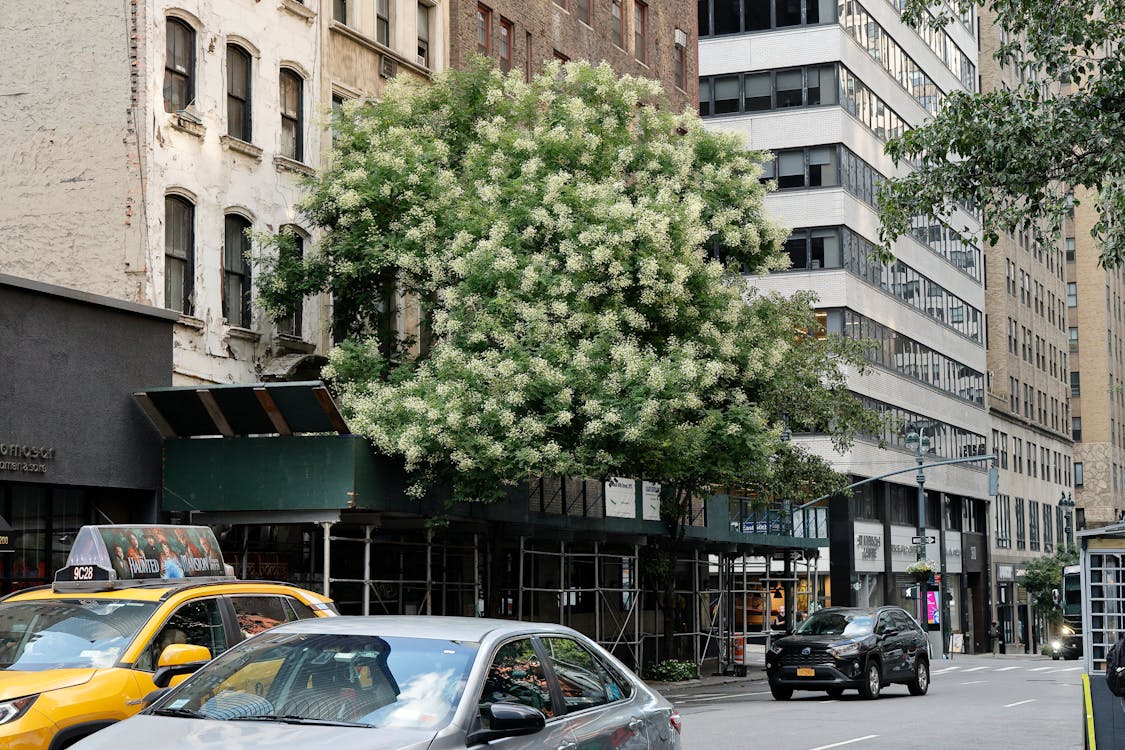
2. Shoreditch in London:
Shoreditch is a neighborhood in London that has also been gentrified in recent years. Shoreditch was once a working-class neighborhood, but it has since become home to a number of trendy bars, restaurants, and shops. The rising rents in Shoreditch have forced many longtime residents to move out.
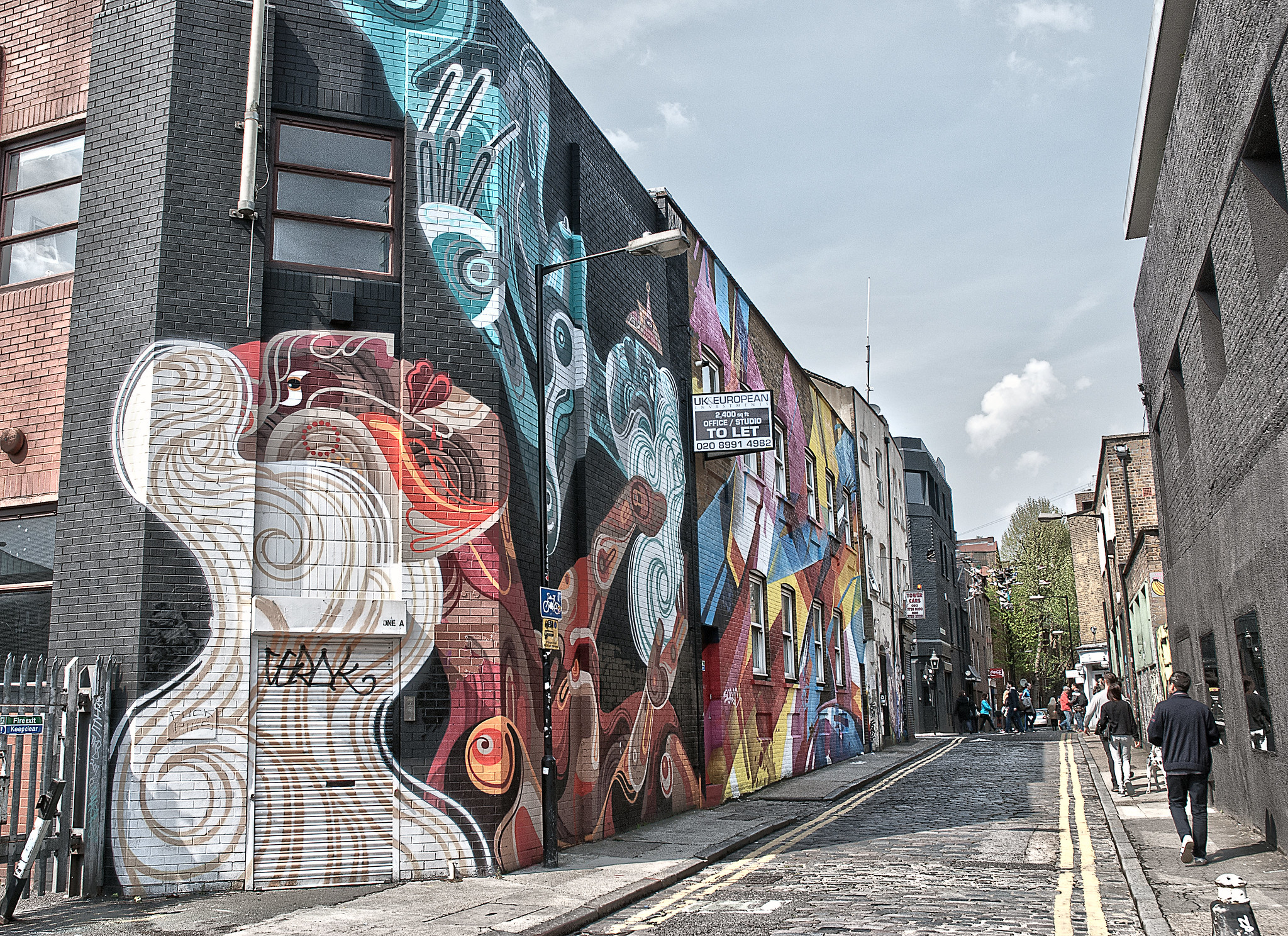
3. Mission District in San Francisco:
The Mission District in San Francisco is another neighborhood that has been gentrified in recent years. The Mission District was once a Latino working-class neighborhood, but it has since become home to a number of tech companies and startups. The rising rents in the Mission District have forced many longtime residents to move out.

4. Kreuzberg in Berlin
Kreuzberg is a neighborhood in Berlin that has also been gentrified in recent years. Kreuzberg was once a working-class neighborhood, but it has since become home to a number of artists, musicians, and creatives. The rising rents in Kreuzberg have forced many longtime residents to move out.
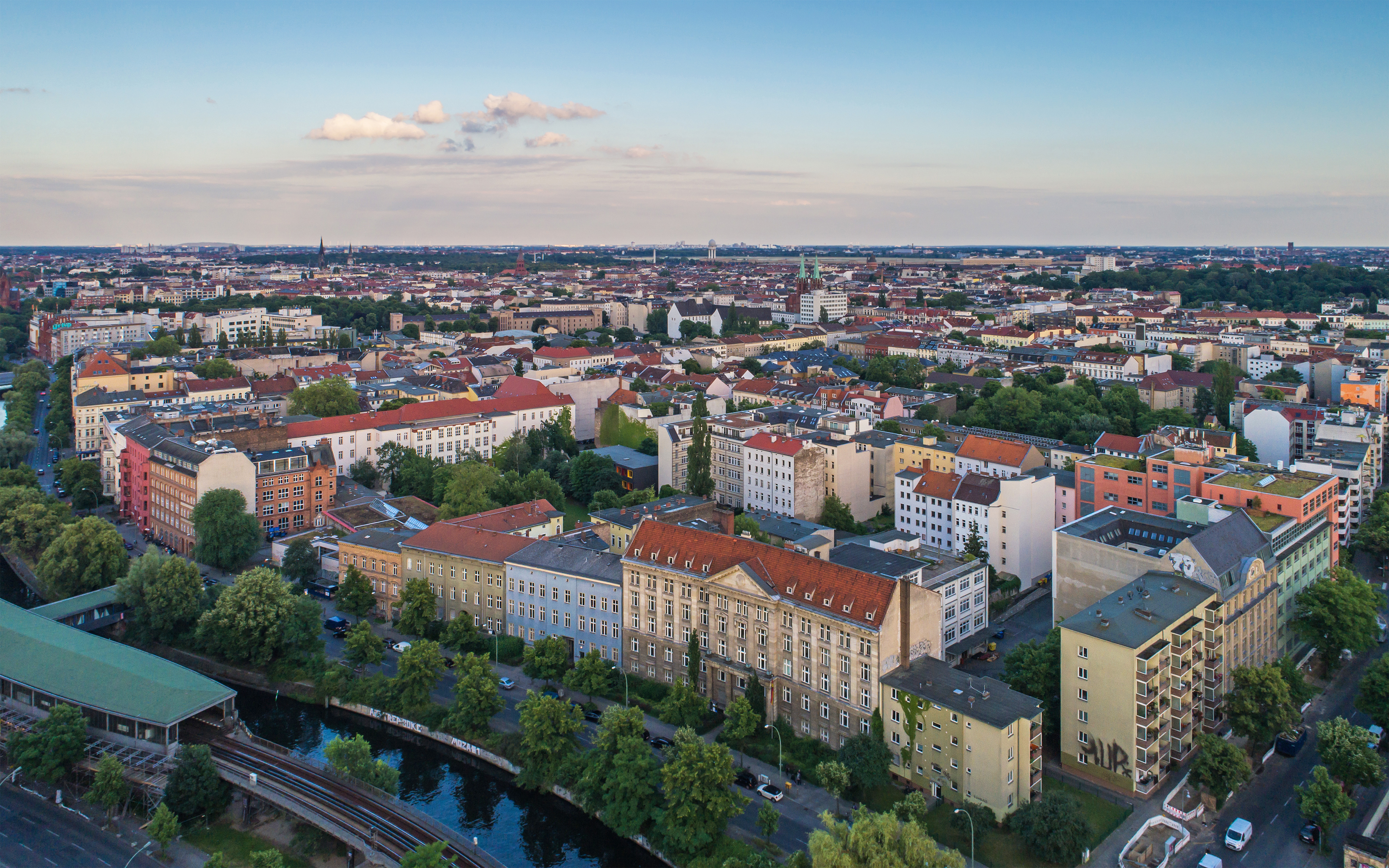
Conclusion:
Gentrification is a complex issue with no easy solutions. However, by taking steps to protect affordable housing, support community development, and engage with the community, we can mitigate the negative impacts of gentrification and make our cities more inclusive and equitable.
More From YouTube:

Urban Design Lab
About the Author
This is the admin account of Urban Design Lab. This account publishes articles written by team members, contributions from guest writers, and other occasional submissions. Please feel free to contact us if you have any questions or comments.
Related articles

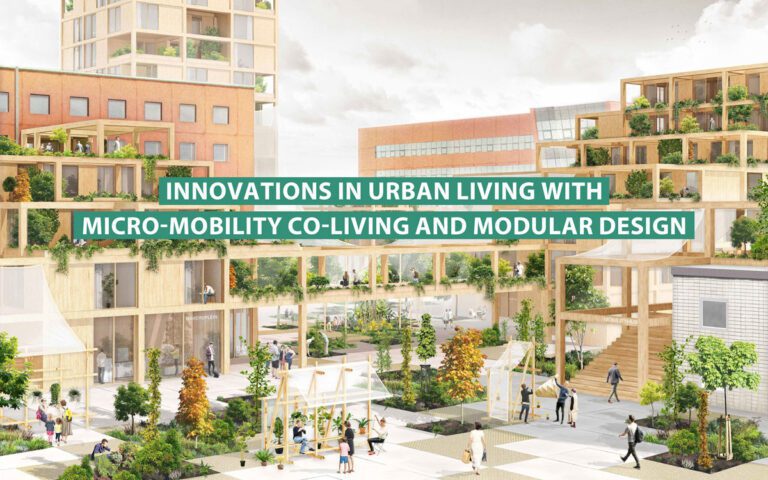
Micro-Mobility and Modular Design in Urban Living
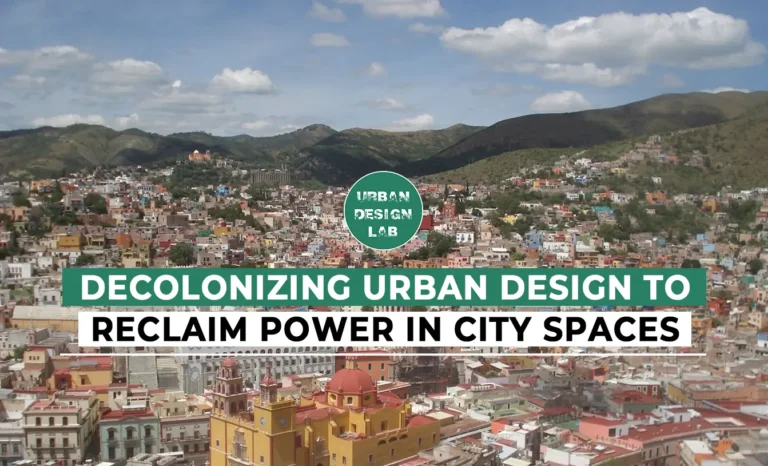

Rethinking Urban Planning Careers in India

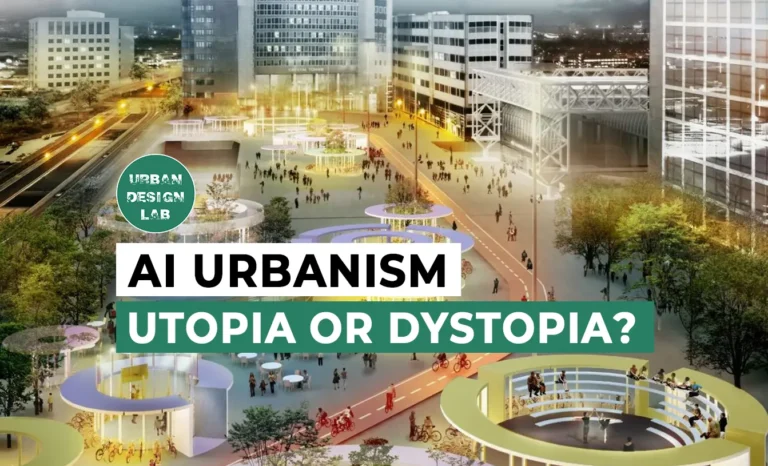
AI Urbanism: Utopia or Dystopia? The Unvarnished Truth.
5-Days UDL GIS
Masterclass
GIS Made Easy – Learn to Map, Analyse, and Transform Urban Futures
Session Dates
14th-18th July 2025

Free E-Book
From thesis to Portfolio
A Guide to Convert Academic Work into a Professional Portfolio”
Recent Posts
- Article Posted:
- Article Posted:
- Article Posted:
- Article Posted:
- Article Posted:
- Article Posted:
- Article Posted:
- Article Posted:
- Article Posted:
- Article Posted:
- Article Posted:
- Article Posted:
- Article Posted:
- Article Posted:
Sign up for our Newsletter
“Let’s explore the new avenues of Urban environment together “



























